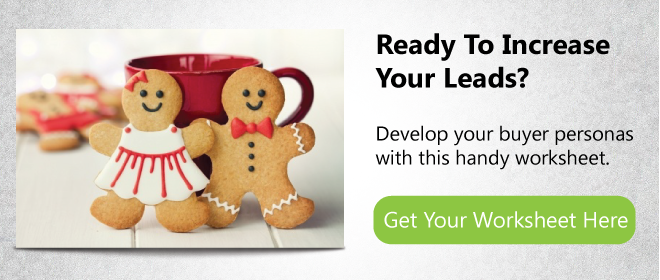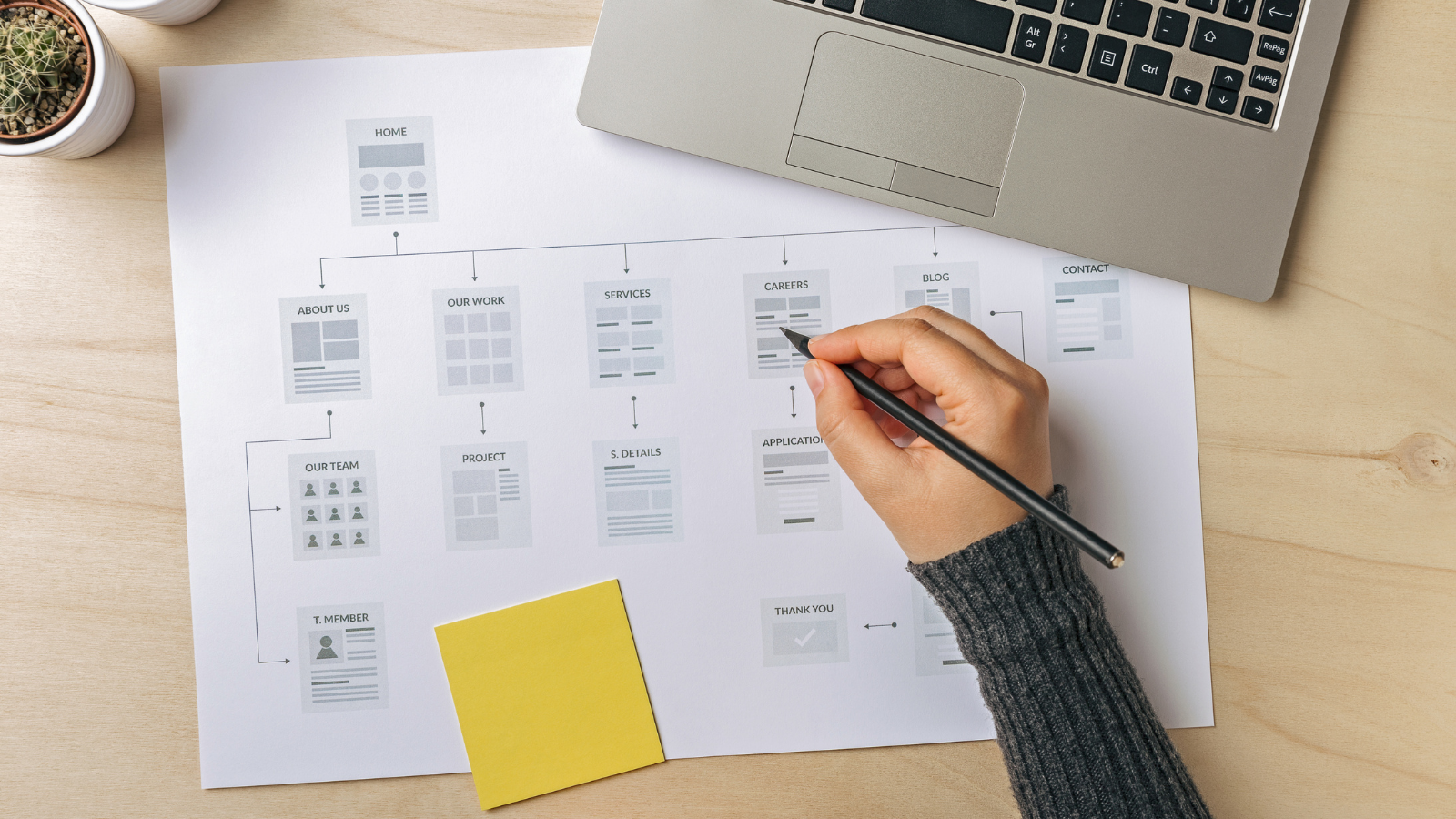What You Need To Know About The Buyer's Journey [Infographic]
My 5-year-old daughter loves animals, especially horses. She has been begging me to buy her a horse, which is not a possibility – but I would like her to have the chance to be close to horses. I started researching horseback summer camps, horseback riding for kids in the area, and horsemanship programs for kids.
I have visited probably 20 or so websites and most of them were pretty terrible. One actually made me jump and it played a sound effect of a horse neighing on every page!
Most websites are present a bunch of information for the user to sift through and choose the appropriate path. But this is not only time intensive for the visitor, it is also ineffective most of the time.
Now imagine if one of the websites would offer me a checklist “10 Things You Need to Know Before Signing Up Your Child For Riding Lessons” or an eBook “Horseback Riding for Kids – An Ultimate Guide for Your Small Horse Lover”!
I would love it!
It gives me the information I need to learn at my own pace and it allows the horse farm to answer all the questions they get from every single parent anyway.
But instead, I have to look through the websites, collect information, call them, leave a voice mail and wait for a callback. I have been doing this for two weeks now and the process has been pretty frustrating.
![What You Need To Know About The Buyers Journey [Infographic]](https://blog.3pcreativegroup.com/hs-fs/hubfs/What%20You%20Need%20To%20Know%20About%20The%20Buyers%20Journey%20%5BInfographic%5D.png?width=1280&name=What%20You%20Need%20To%20Know%20About%20The%20Buyers%20Journey%20%5BInfographic%5D.png)
The Buyer’s Journey
This process is called a buyer’s journey or buying cycle and it describes the research process that your buyer persona goes through from the awareness of a problem to considering different strategies and deciding on a final solution. It shows you the sales funnel from the buyer's perspective.
Every person goes through parts or the entire buyer’s journey in one way or another at least one time a day. The higher the price or the more something depends on the decision, the longer the process might take and the more involved it will be.
The buyer's journey and the buyer's persona build the foundation for any Inbound Marketing strategy.

It is broken up into 3 stages:
Awareness Stage
- Prospect is experiencing or expressing symptoms of a problem or opportunity.
- Educational research to more clearly understand, frame and give a name to their problems.
- Example: I don’t know what type of interaction is good for a 5-year-old. Can they ride a horse by themselves? Should they have instructions on caring for horses first?
- Typical Keywords: Generic, describing the problem, not a solution. E.g., Horseback riding tips for Kids
Consideration Stage
- Prospect has clearly identified and given a name to their problem or opportunity.
- Committed to researching all available options to solve the problem or opportunity.
- Example: I found out that kids can start to learn how to ride a horse from the age of 2-3 years old. But they are too young for any kind of horsemanship programs. Riding lessons it is.
- Typical Keywords: Best horseback riding lesson for kids in NJ
Decision Stage
- Prospect has decided on a solution strategy and now is looking for a solution in form of a product, service, etc.
- Compiling a list of possible vendors and comparing them based on research to shorten that list.
- Example: Stable ABC Reviews
- Typical keywords: The keyword phrases used are long-tail, very specific and aimed to make a decision. They will include reviews, pricing, location or other indicators to find the most suitable source or vendor.
Most Websites Have One Fatal Flaw
But most websites have one fatal flaw when it comes to the buying cycle: They gear all marketing tactics to prospects ready to buy right then and there.
And that is a huge opportunity missed because most people are not ready to buy… yet!
Your prospects are pouring in from the top of the funnel and it is your job as a marketer to nurture them down the funnel until they become leads, marketing qualified leads and finally customers.
Capture Leads in the Awareness
By answering commonly asked questions in blog posts, you attract strangers (who have never heard of your business before and would never google your name). This allows you to establish authority and thought leadership and generate qualified traffic to your website.
Would I believe that the horse stable with an extensive blog answering all my questions and offering me further information is better for me than the one with a crappy, scary static website from the early 90’s? You bet they at least make a better impression!
Overcome Objections in the Consideration Stage
In the consideration stage, you can position different solutions to your clients problem. One of my clients makes beautiful custom furniture. The options for the client who wants a unique piece of furniture is to customize one of their signature pieces or completely design something from scratch with the help of their design tam.
This is also a great time to position your benefits and overcome sales objections. Think about the customer and how his life will be easier or better with your service or product. No one ever wanted to buy a quarter-inch drill, they wanted a quarter inch hole. So, whatever objections your sales team is experiencing, make sure to present solutions for it. This can involve the pricing, the materials used, or the expected return of investment.
When done right, more than 60% of the sales process is completed by the time the prospect contacts you!
Share this Image On Your Site
Your Turn: Have you ever used the buyer's journey?
Did you ever use the buyer's journey to strategically build content on your website? How did it perform?
Share this
You May Also Like
These Related Stories

What Is Assignment Selling & How Can Your Get Started Today?

5 Reasons Why Your Marketing Strategy Needs Buyer Personas





No Comments Yet
Let us know what you think